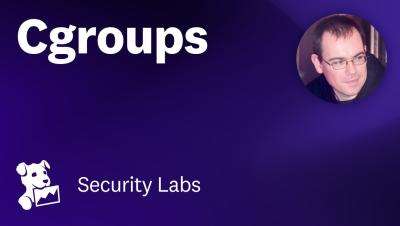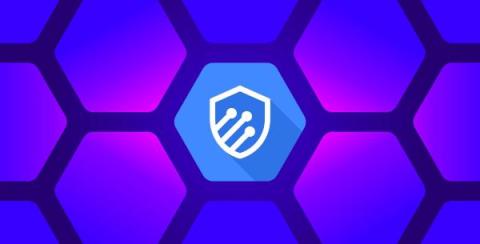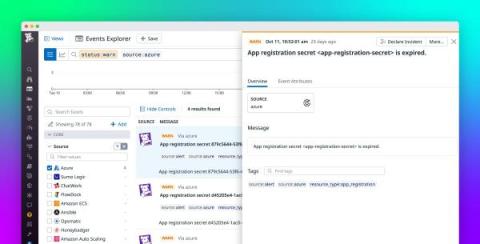Security | Threat Detection | Cyberattacks | DevSecOps | Compliance
Datadog
Container Security Fundamentals - cgroups
Key learnings from the State of Cloud Security study
We recently released the State of Cloud Security study, where we analyzed the security posture of thousands of organizations using AWS, Azure, and Google Cloud. In particular, we found that: In this post, we provide key recommendations based on these findings, and we explain how you can leverage Datadog Cloud Security Management (CSM) to improve your security posture.
Enhance application security in production with Datadog Application Vulnerability Management
The modern application landscape is rapidly evolving, creating new tools, technologies, and processes that allow organizations to deploy production code faster. But risks to application security have also changed significantly, requiring the security discipline to evolve in order to adapt to new types of attacks.
Collect Google Cloud Armor logs with Datadog
As the internet continues to evolve, cybersecurity threats—particularly Distributed Denial of Service (DDoS) attacks—are an increasingly significant concern for organizations. In this post, we’ll look at how you can use Datadog to collect Google Cloud Armor (GCA) logs and detect and respond to potential DDoS attacks in real-time. But first, we’ll briefly cover what DDoS attacks are and how they work.
Monitor expiration events from Azure Key Vault
For customers using Azure Key Vault—which helps them safeguard sensitive keys and secrets used by applications and services hosted on Azure—it can be challenging to determine when the resources in their Key Vault(s) are about to expire. Invalid keys and secrets can disrupt your day-to-day workflows by causing application downtime, holding up incident investigations, invalidating compliance, slowing down the development of new features, and more.











